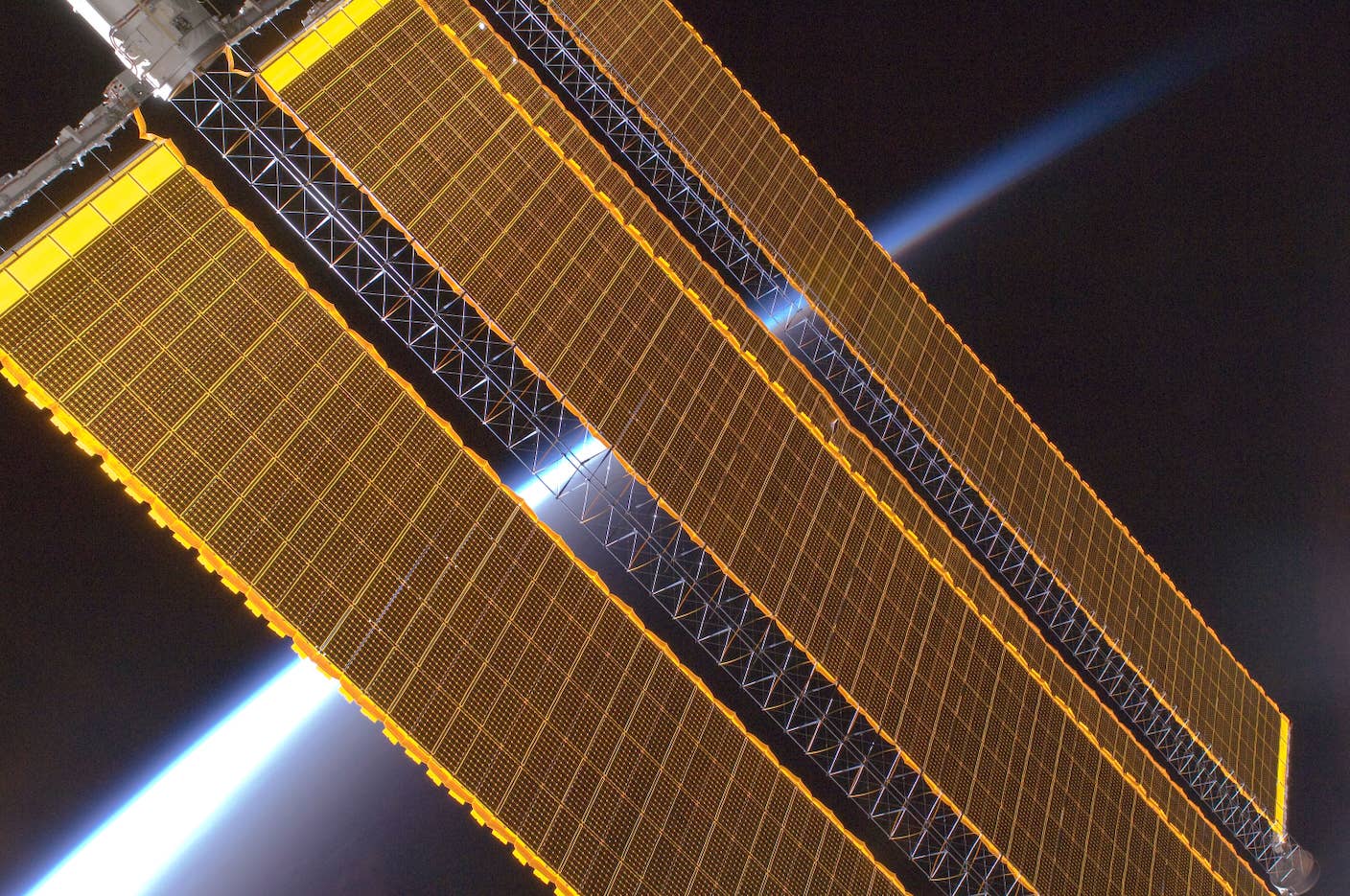This Ultra-Thin Lightsail Could Tow Tiny Spacecraft to the Nearest Stars

Share
Traveling the vast distances between solar systems is well beyond existing technology. But a new ultra-thin lightsail designed with AI could make it possible to reach the nearest star within 20 years.
Launched in 1977, the Voyager 1 probe was the first human-made object to leave our solar system. But at current speeds, it would take over 70,000 years to reach Alpha Centauri, the closest star system to our own.
There is one propulsion technology, however, that could significantly speed things up. A lightsail is a large reflective surface deployed in front of a spacecraft, where it can harness either sunlight or light from an Earth-based laser to continually accelerate the vehicle. In theory, this could make it possible to achieve speeds of 10 to 20 percent of the speed of light.
Building materials that are both reflective and light enough to make this possible has been an outstanding challenge though. Now, researchers have used an AI technique called “neural topology optimization” to create a nanometer-thick sheet of silicon nitride that could bring the idea to life.
“This mission requires lightsail materials that challenge the fundamentals of nanotechnology, requiring innovations in optics, material science, and structural engineering,” the team writes in a preprint posted to arXiv.
“This study underscores the potential of neural topology optimization to achieve innovative and economically viable lightsail designs, crucial for next-generation space exploration.”
The researchers’ technique was inspired by Breakthrough Starshot, a project launched by the Breakthrough Initiatives in 2016. Starshot seeks to design a fleet of around 1,000 tiny spacecraft that use lightsails and an Earth-based laser to reach Alpha Centauri within 20 to 30 years. The probes would carry cameras and other sensors to send back data on arrival.
To reach the required speeds, the spacecraft will have to be incredibly light—the probes themselves will be just centimeters across and weigh a few grams. But to gather enough light, the sails need to measure roughly 100 square feet, so we need new ultralight materials to keep their weight down.
One promising approach involves creating optical nanostructures called “photonic crystals” made up of a repeating grid of tiny holes. Punching millions or billions of these holes into the material reduces its weight significantly, but these repeating structures also create unusual optical effects that can actually enhance the material’s reflectivity.
Working out exactly how to arrange these holes is a complicated process though, so the group from Delft University in the Netherlands and Brown University in the United States enlisted AI to help them. They combined a neural network with a more conventional computational physics program to find the most optimal configuration and shape of the holes to minimize mass and boost reflectivity.
Be Part of the Future
Sign up to receive top stories about groundbreaking technologies and visionary thinkers from SingularityHub.


This resulted in a lattice of bean-shaped holes less than 200 nanometers thick. To show the design works as expected, they used an approach called flood lithography, in which a laser uses an incredibly detailed stencil to create holes in a silicon nitride wafer. Using the approach, the team created a 5.5 square inch sample that weighed just a few micrograms.
Lithography is the same technology companies use to make computer chips, so the researchers think the approach could easily be scaled up. The team predict it would take about a day and cost around $2,700 to create a full-sized sail. They’d need to build a dedicated facility though, team leader Richard Norte, from Delft, told New Scientist, because those used for chip fabrication only work with wafers about 15-inches long.
There are still a lot of other engineering challenges to be solved for the Breakthrough Starshot mission to come together, Stefania Soldini at the University of Liverpool told New Scientist, but a cheap and fast way of producing lightsails will be crucial.
NASA is also actively pursuing the approach. Just last week, the agency announced that its Advanced Composite Solar Sail System, which launched earlier this year, is close to hoisting its sails for the first time.
If these projects are successful, we may get our first close-up glimpse of worlds beyond our solar system within many people’s lifetimes.
Image Credit: This 4.5-square-inch sample could lead to a full-sized lightsail lightweight enough to tow tiny spacecraft to another star system / L. Norder, et al via arXiv
Related Articles

The Era of Private Space Stations Launches in 2026

Data Centers in Space: Will 2027 Really Be the Year AI Goes to Orbit?

Scientists Say We Need a Circular Space Economy to Avoid Trashing Orbit
What we’re reading
